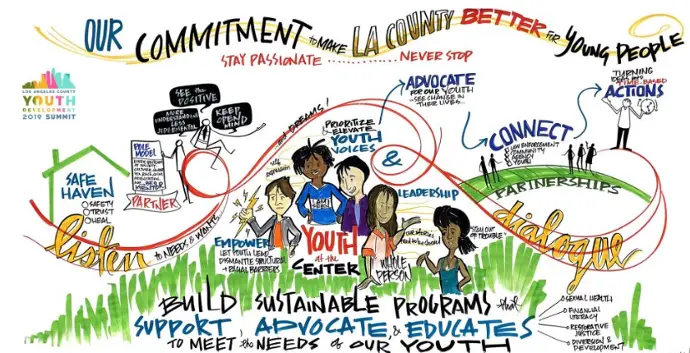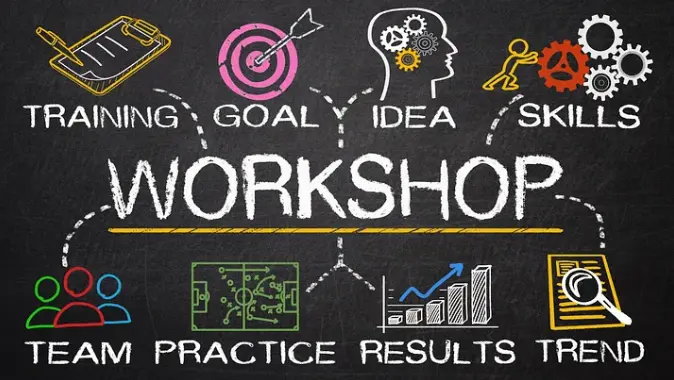M.a.D. Community
Community engagement is the process of actively involving and collaborating with members of a community to achieve a common goal or address a particular issue. It involves building relationships, sharing information and resources, and working together to create positive change.
Community engagement can take many different forms, such as community organizing, public meetings, focus groups, surveys, and social media outreach. It can also involve partnering with community organizations, government agencies, or other stakeholders to build a strong network of support.
The benefits of community engagement are numerous. It can help build trust and relationships between community members and organizations, provide a platform for community members to have a voice in decision-making, and increase the likelihood of successful outcomes for initiatives and projects.
Effective community engagement requires a commitment to listening, responding to feedback, and being transparent and accountable. It is an ongoing process that requires time, resources, and a willingness to work collaboratively with community members to achieve common goals.

M.a.D. LifeSkills
A training workshop program is a structured educational event designed to teach specific knowledge, skills, or competencies to participants. The program typically involves a combination of lecture-style instruction, interactive activities, and hands-on practice to help participants learn and apply the information or skills being taught.
A typical training workshop program might include the following components:
- Introduction: The facilitator introduces the topic, goals, and learning objectives of the workshop.
- Lecture-style instruction: The facilitator provides information on the topic through a presentation or lecture, which may include multimedia materials such as slides, videos, or audio recordings.
- Interactive activities: The facilitator engages the participants in group activities, exercises, or discussions to reinforce the concepts taught in the lecture.
- Hands-on practice: Participants are given the opportunity to practice the skills they have learned through hands-on activities or simulations.
- Feedback and evaluation: Participants are given feedback on their performance, and the facilitator evaluates the effectiveness of the program in meeting the learning objectives.
Training workshop programs can cover a wide range of topics, including technical skills, leadership development, communication skills, and customer service, among others. They can be conducted in-person, online, or through a combination of both, depending on the needs of the participants and the goals of the program.

M.a.D. Garden
Agricultural consultancy is a specialized consulting service that provides expert advice to farmers, agricultural businesses, and other stakeholders in the agriculture sector. The consultancy may provide advice on a range of issues, including production techniques, crop and livestock management, market analysis, financial management, and environmental sustainability.
An agricultural consultant may have specialized knowledge in one or more areas of agriculture, such as agronomy, animal husbandry, or farm management. They work with their clients to identify their specific needs and provide customized solutions to help them achieve their goals.
Agricultural consultants may also provide support in areas such as regulatory compliance, marketing, and risk management. They may conduct research and analysis to identify trends and opportunities in the agricultural industry, and provide guidance on how to take advantage of these opportunities.
To become an agricultural consultant, one typically needs to have a degree in agriculture or a related field, as well as practical experience in the industry. Some agricultural consultants may also hold professional certifications in areas such as crop management or livestock production.
Overall, agricultural consultancy plays an important role in helping farmers and agricultural businesses operate more efficiently, effectively, and sustainably, and in contributing to the growth and development of the agricultural sector.

F.A.Q.
We value your feedback for our continuous improvement
Most people who think that they don’t have green fingers just haven’t got the hang of watering yet. Leaving your plants without water for too long can be disastrous for their health, weakening their resistance to pests and disease, or even killing them. But overwatering can also be fatal for some plants.
Plants aren’t as complicated as you might think. Get into the habit of thinking about your plants’ needs by keeping them free of pests and disease, and making sure they have the right amount of sun, space and water, and you may find out you had green fingers all along!
Permaculture provide the essential techniques and understanding the secret is the soil and relationship between the environment and allow nature to keep things in order. Contact us to know more.
8 WAYS TO MAKE YOUR GARDEN MORE SUSTAINABLE
Whether you’re starting a garden for the first time or are simply looking for ways to make your existing garden more eco-friendly, check out these sustainable gardening tips!
1. WASTE LESS WATER
2. USE LESS ENERGY
3. CHOOSE APPROPRIATE PLANTS
4. MINIMIZE FERTILIZER USE
5. MAKE YOUR OWN COMPOST
6. SAVE YOUR SEEDS
7. MULCH YOUR GARDENS
8. KEEP LEARNING…
How much shade?
There are three basic sunlight conditions that are used to describe the amount of sun during the prime-growing season:
Full Sun:
Full sun areas receive direct sunshine for 6 or more hours per day between the hours of 10 am and 6 pm.
Partial Shade:
Partial shade or partial sun both refer to areas that obtain 3-6 hours of sun each day. Partial sun areas receive 3-6 hours of direct sunlight but are shaded for the rest of the day. Partially shaded spaces are moderately shaded during part of the day or receive filtered or dappled sunlight all day. Dappled sunlight is where the light is filtered through the leaves of trees.
Full Shade:
Full shade areas receive no direct sun or reflected light during the day. An area with deep shade is not a good place for growing vegetables. All plants need some light to grow.
As a general rule, if you have a few hours of full sun but dark shade for the rest of the day, you can grow some crops, but the yields won’t be as high as if you had bright or dappled shade during the rest of the day.
Rather than choose crops that will struggle in a shaded garden, choose crops that are adapted to shade.
e.g. Arugula, Spinach, Beetroots, Lettuce, Carrots, Peas, Mint, Garden Cress, Leeks, Garlic, etc….
Whether you’re working with a small patio, a balcony, or even just a fire escape, if you can fit a container, you can have a garden. Bigger pots give you space to grow several different herbs or flowers, or you can stack a few different sizes of pots or cans for more variety in your plantings. Even a small pot with a brightly colored mum or bushy green fern can give your entryway a pop of color.
E.g. of gardening within limited spaces
1. Outdoor Container Gardens
2. Hanging Gardens
3. Window Boxes
4. Windowsill Herbs
5. Wall-mounted Gardens
Harvesting can be separated into three steps. The plant part of interest must be identified, detached from the rest of the plant, and then collected in a container suitable for transport from the field. The harvesting of all the major agronomic crops (grains of cereals and legumes) has been mechanized. The resistance of dried cereal and legume seeds (for example, corn, rice, wheat, and soybeans) to physical damage allows the first and second steps to be combined in a threshing machine or combine that separates the seeds from the rest of the harvested plant. The grain (seeds) is then loaded in bulk containers and transported to silos for additional cleaning, grading, fumigation, and temporary storage.